 Overview
Overview
 Normal View
Normal View
 2016
2016
- 2009
- 2011
- 2012
- 2013
- 2014
- 2015
- 2016
- 2017
- 2018
- 2019
- 2021
- 2022
- 2023
- Clear
 Overview
Overview Normal View
Normal View 2016
2016
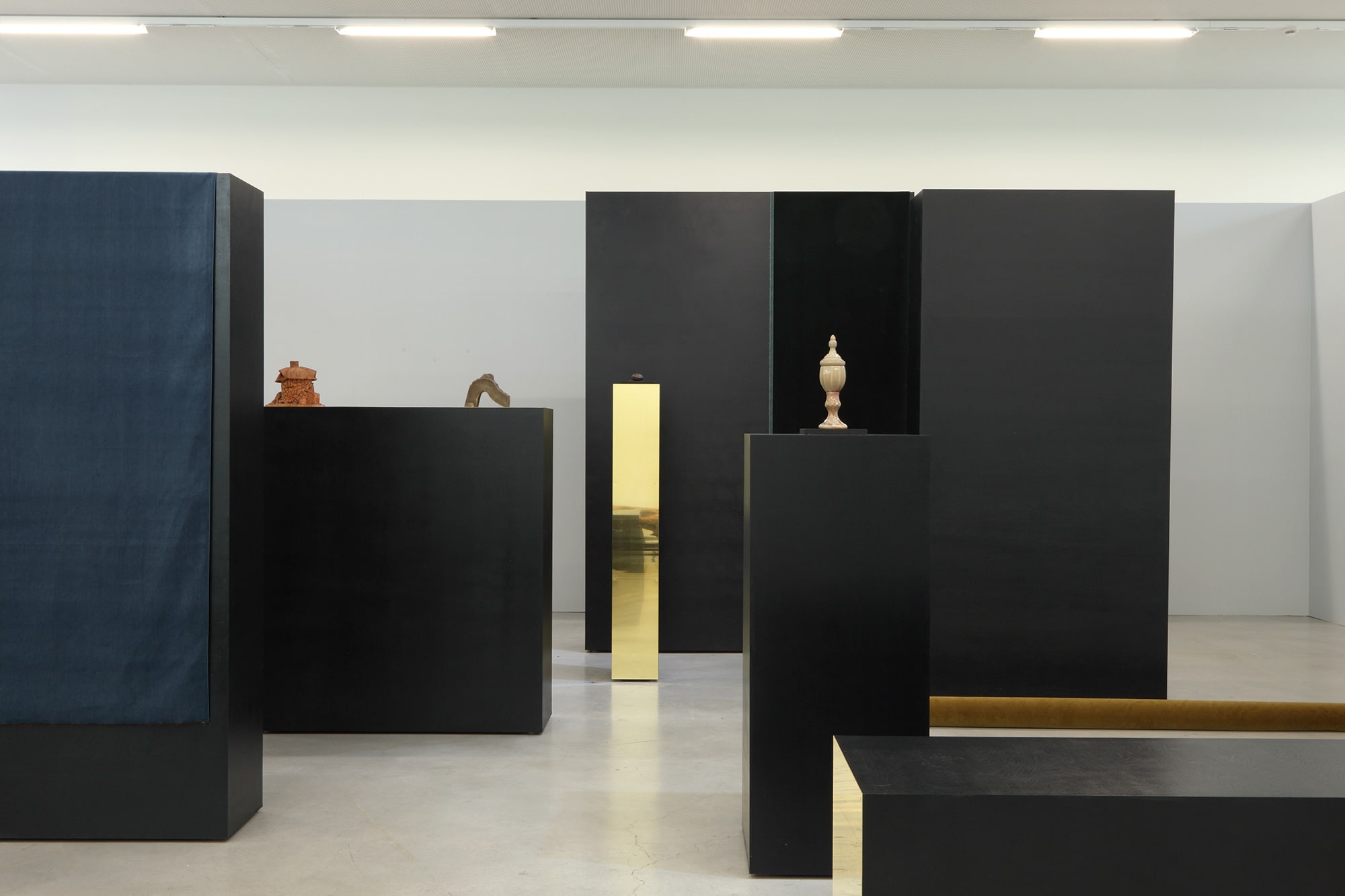

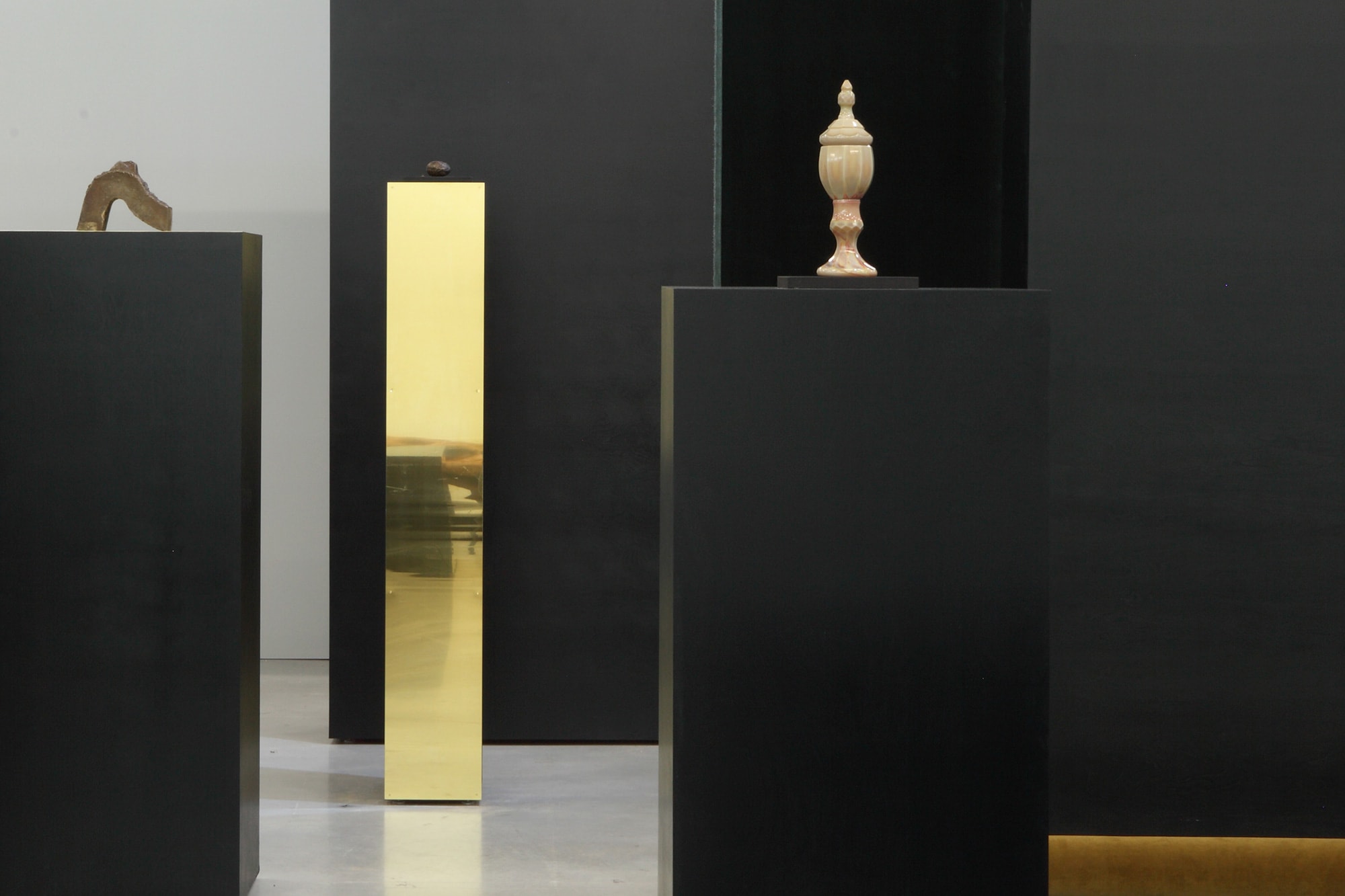
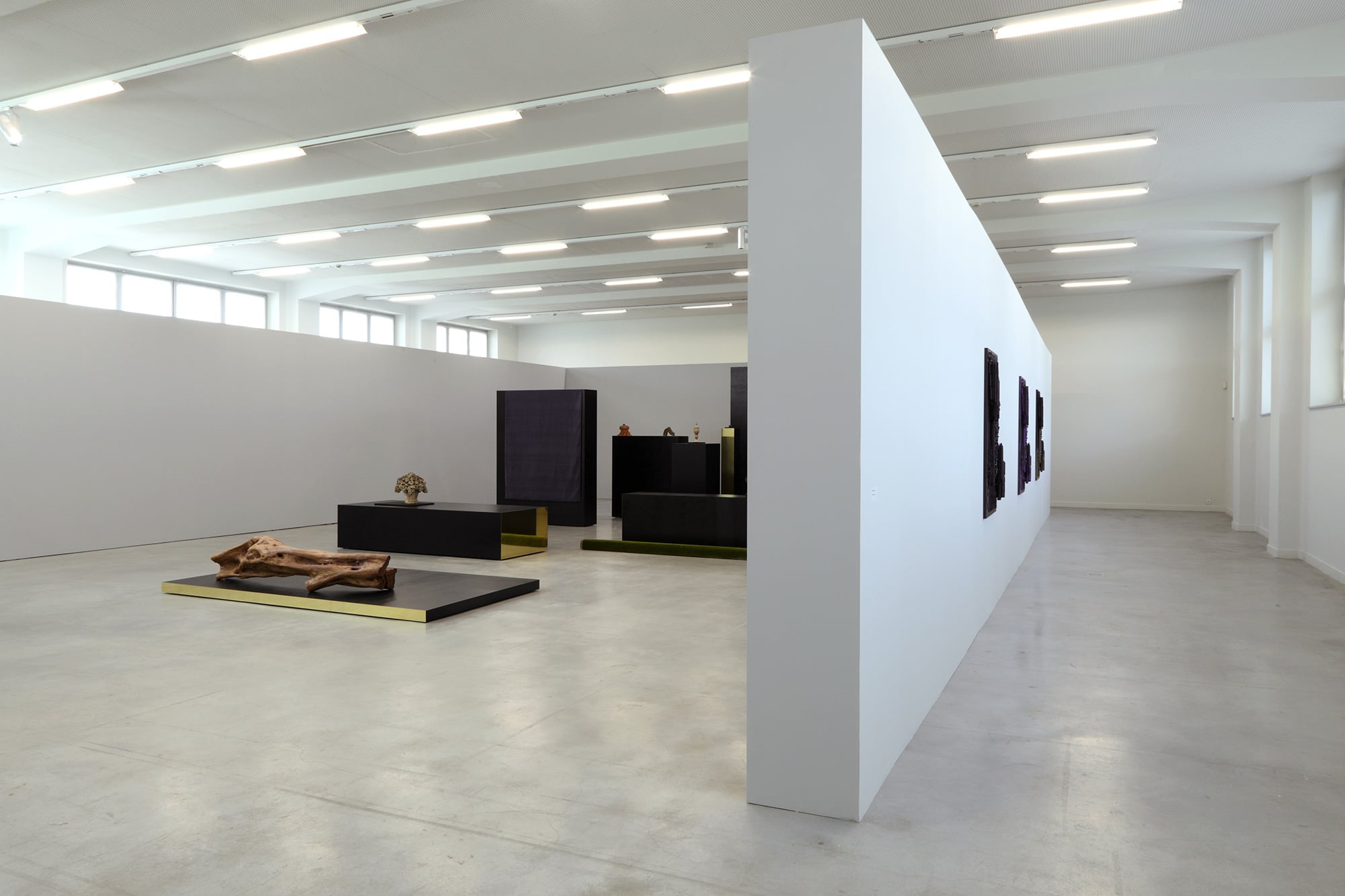
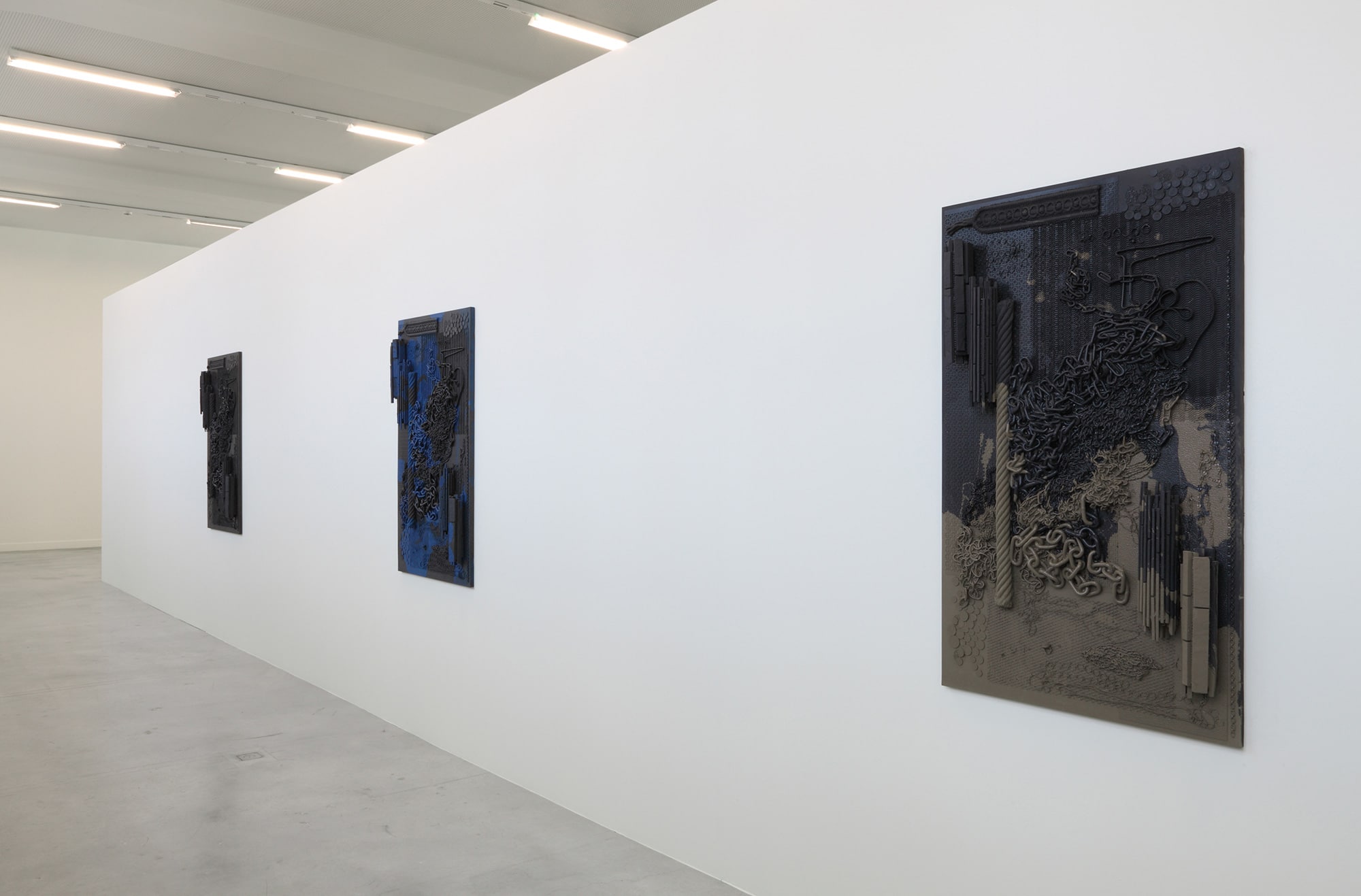
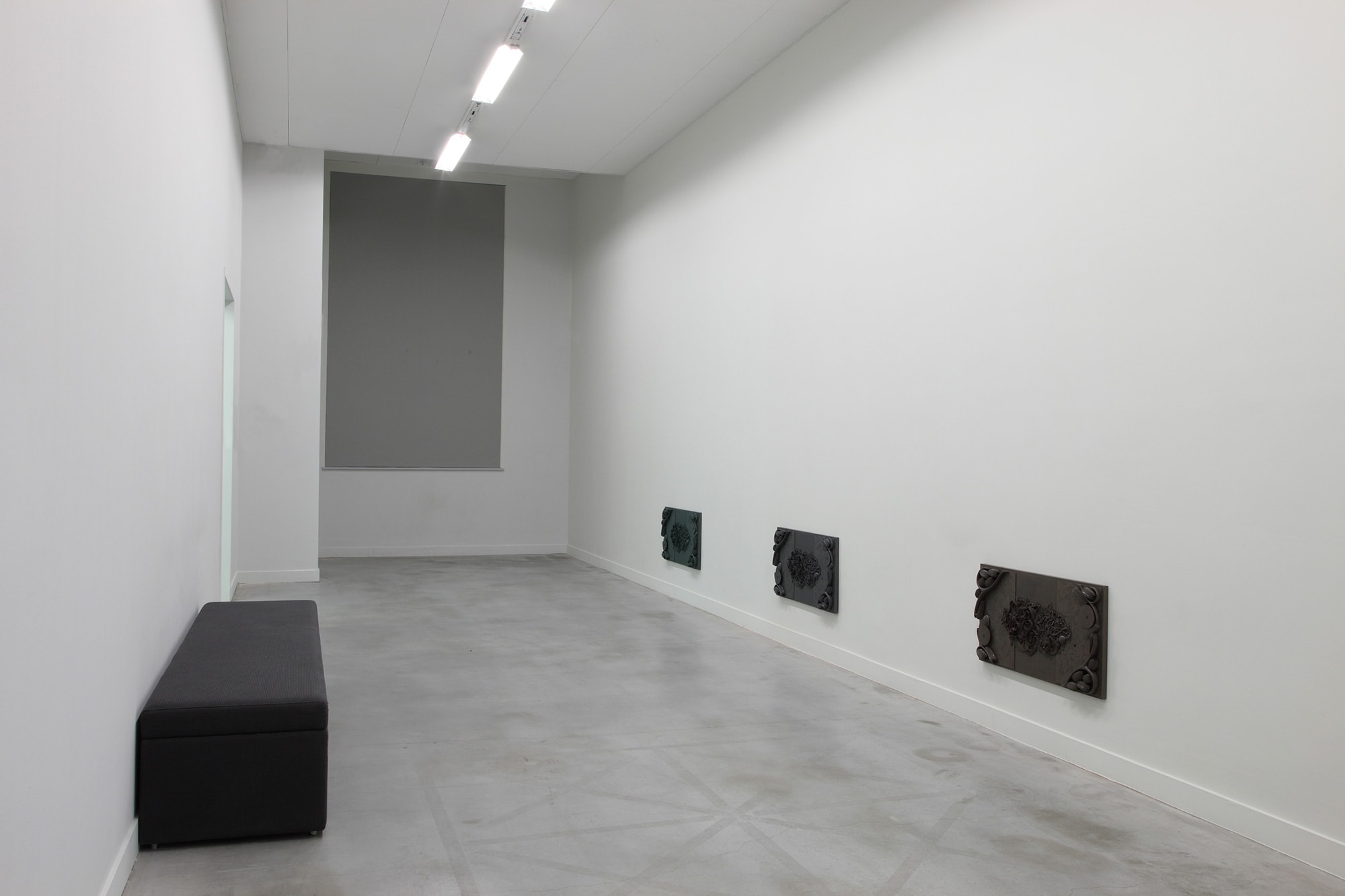
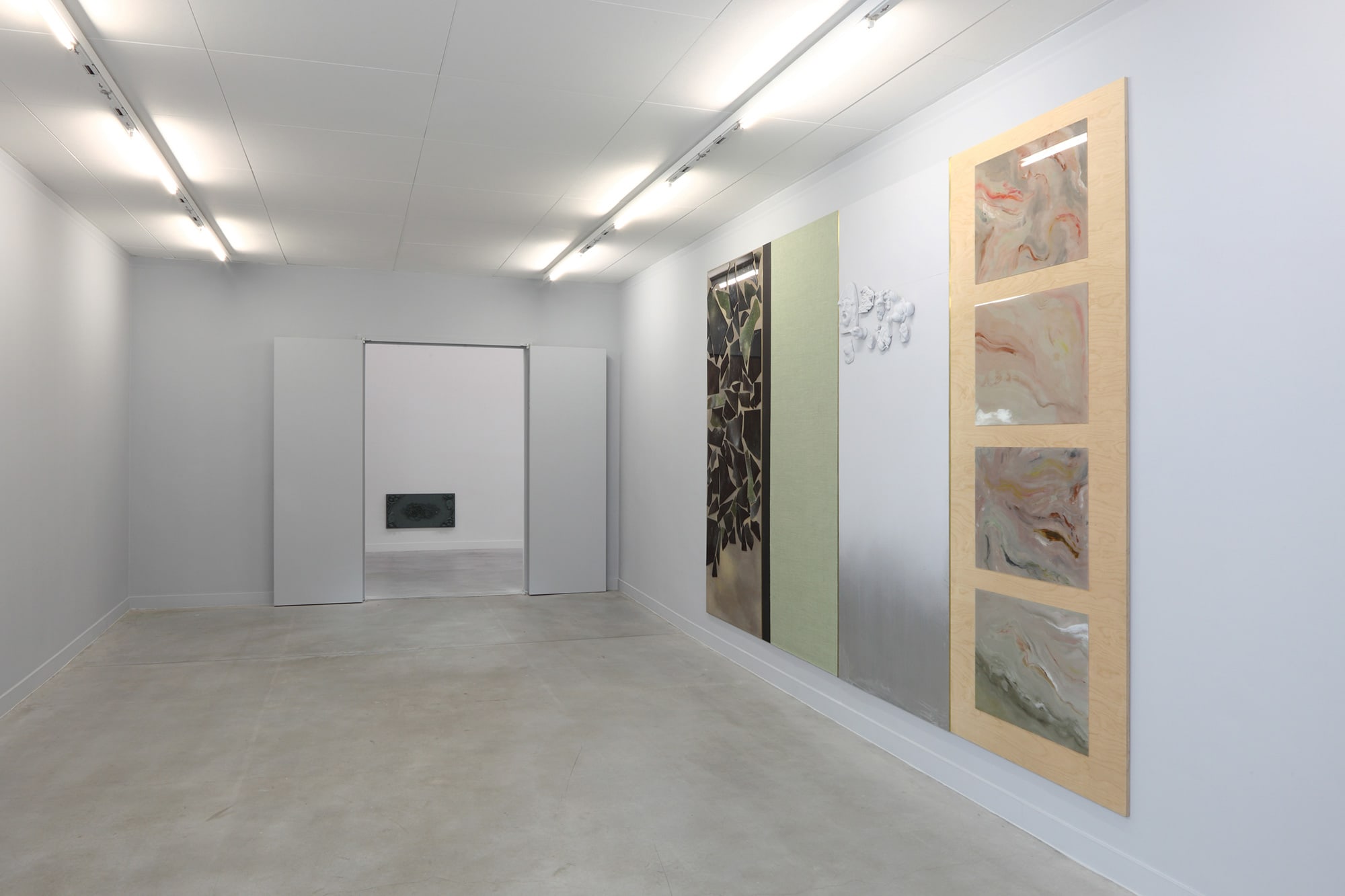
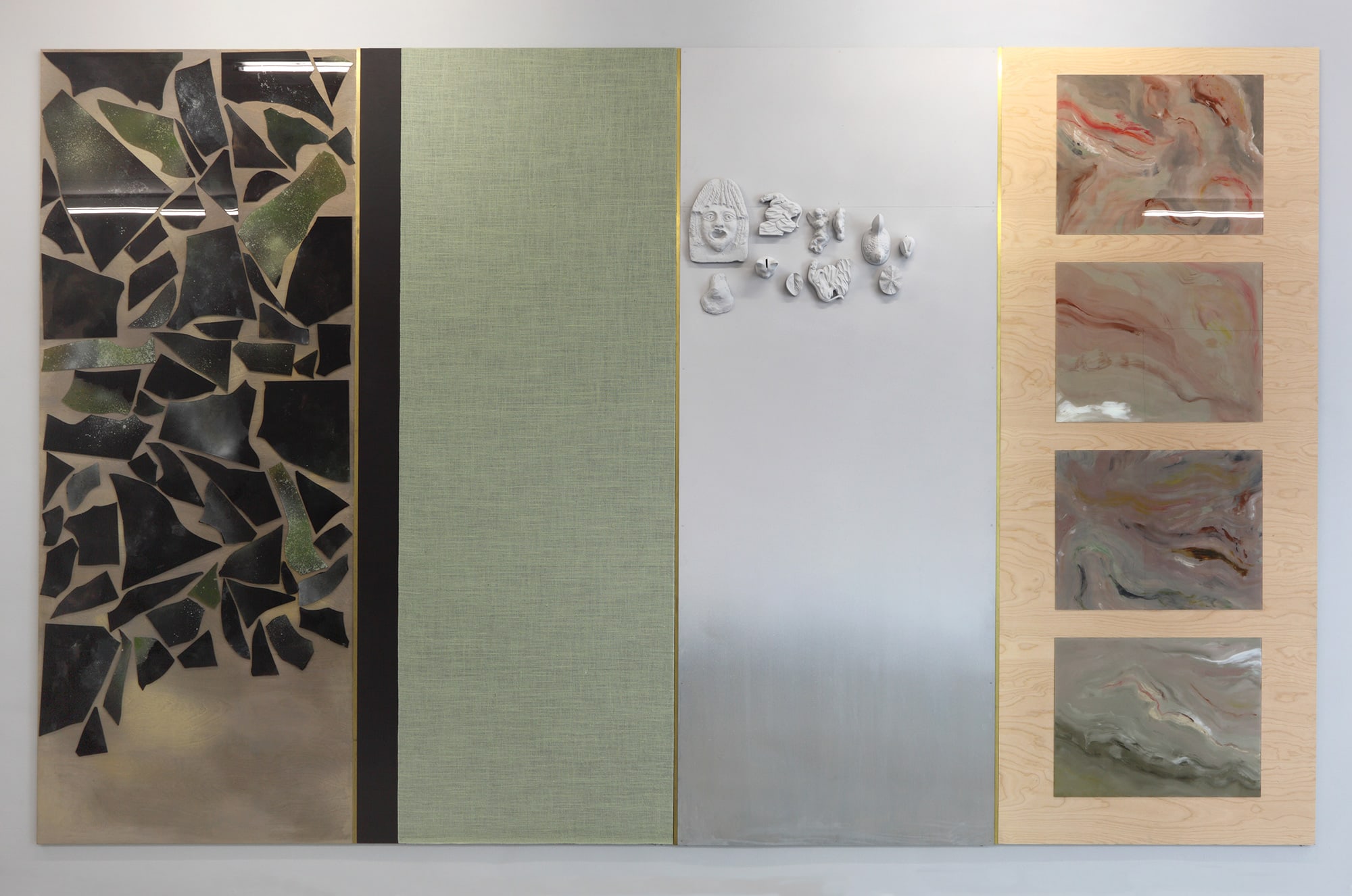
M – Museum Leuven
Leopold Vanderkelenstraat 28
3000 Leuven
Belgium
Tableaux (Closes-ups), 2014
The work of Isabelle Cornaro (1974, France) evinces an interest in the way our perspectives are historically and culturally determined. Due to her training as an art historian specialised in 16th- and 17th-century Western art, her visual language is strongly associated with the forms and compositions of the past, ranging from Baroque and Classicism to Modernist abstraction. In her installations, casts and films, Cornaro plays with the possible meanings of everyday implements and artistic objects by placing them in a new context. Just like in the composition of a classical painting, she groups the objects around a specific theme or arranges them according to size, lines of perspective, light and shadow effects, etc. This profoundly questions our perception of the objects and of her work. Isabelle Cornaro is part of a younger generation of French artists. In her first solo exhibition in Belgium, she is presenting new installations tailor-made to the spaces at M.
Landscape with Poussin and eye witnesses (version VI), 2014
Painted birch wood multiplex, velvet and various objects, 1140 x 660 cm
Room 28
Cornaro installed Landscape with Poussin and eye witnesses in the centre of the room. The installation is a work-inprogress that started in 2009. In each case, the work consists of a different number of multiplex plinths upon which Isabelle Cornaro places a variety of implements and artistic objects. This is the sixth version of the work, tailormade to the exhibition space at M. The central theme of all the variants of Landscape with Poussin and eye witnesses is the museum, the collection and the fetishization of objects. The installation raises questions such as: what intrinsic characteristics must an object possess in order to be valued? How does it become part of a collection? Is it of cultural or historical value? How are these values created?
The title Landscape with Poussin and eye witnesses (version VI) refers to human perception and the way in which the 17th-century French painter Nicolas Poussin (1594-1665) treated this theme. Poussin evoked volume and depth in his paintings thanks to the clearly structured composition with a forground, centre and background. Every Landscape is constructed on the basis of a composition by the famous French artist. In her installations, however, Cornaro operates according to the opposite principle: the artist evokes a two-dimensional painting by Poussin using three-dimensional objects and plinths that are placed in a meticulously orchestrated composition according to scale, lines of perspective and light and shadow effects. In the foreground, she places large objects on lower plinths that are further apart. Or rolled carpets at the front of the installation can suggest the foreground lines in Poussin’s paintings. By contrast, the background is composed of smaller objects on higher plinths that are closer together. And a mountain Landscape might take the form of an unrolled piece of velvet against a fake wall at the back. By partially recovering the black painted plinths with brass, Cornaro evokes different points of light in the landscape.
Cornaro reinforces the illusion of perspective by the fact that Landscape with Poussin and eye witnesses is immured on three sides. This guides the viewer’s gaze to a single point. The installation as a whole suggests a flat image; the negation of the three-dimensional image. But at the same time, the viewer can paradoxically also walk through the installation. Walking between the plinths, each one forms a fragment that functions independently; it is, as it were, a small Landscape in and of itself. In other words, in this installation Isabelle Cornaro has created a kind of prism through which we can view reality differently, depending on our perspective.
The objects Isabelle Cornaro uses in her installation are things she has collected from flea markets, places that exude a certain nostalgia and sentimentality. In her five previous Landscapes she was particularly interested in objects that might symbolize value or a certain ostentation (such as coins, medals or lipstick). She also selected some of the objects for their specific form or decoration that betrayed the objects’ function: a foie gras dish shaped like a duck, vases with floral prints, etc. It is important to Cornaro that the objects evoked emotions or recognition from the viewers. Many flea market objects were based on unique or rare 17th- and 18th-century objects, which in the 19th century were reproduced and standardized on a massive scale. Consequently, the objects have now lost their unicity, and consequently look more kitsch than valuable.
For this sixth version of her installation, Isabelle Cornaro gathered objects appearing to be formless at first sight, but in which the viewer can discern a certain form. A dead tree trunk looks like a living organism by the vein structure in the wood. Or a stone fragment appears to be a basket with flowers. These objects illustrate how our gaze can bring matter to life. Our perception can turn an object into a subject, something formless into form. Cornaro considers our cherishing of objects as fetishism, which she underscores by placing the flea market objects on plinths within the context of a museum. This changes their status: these worthless objects become valuable. Landscape thus inquires into the possible meanings a culture can have.
Orgon Doors I, 2013 and Orgon Doors II, 2014
Tinted elastomer, 132 x 79 x 7 cm (I) and 44 x 86 x 6 cm (II)
Rooms 28-29
Exhibited throughout two rooms, Isabelle Cornaro is showing six new casts entitled Orgon Doors I and II. They illustrate another more recent aspect of her work in which form and formlessness are key. Like in Landscape with Poussin and eye witnesses (version VI), the original compositions Cornaro has cast in elastomer, are composed of mainly metal decorative objects, coins and necklaces. The artist has made several casts of this original composition in elastomer. In her casts, Isabelle Cornaro is interested in the way the state of the objects changes: in the mould of a single movement, all the individual objects coagulate in one big mass. Making the mould in silicone destroys the objects, rendering the copy in elastomer original, as it were. A specific formal order of the different objects underlies Orgon Doors. The composition is conceived symmetrically, linearly and fragmentarily, and the objects are arranged so that they appear to respectively form a narrative, decorative and entropic whole.
These casts are the continuation of earlier series of moulds. For example, the title, the material and the format of Orgon Doors refer directly to Cornaro’s earlier God Boxes (2013), which were in turn inspired by the work of American artist Edward Kienholz (1927-1994). In the 1960s, Kienholz made a series of conceptual works including The God Box no. 1 (1963), which emphasised writing down the idea of an artwork rather than its material execution.
Cose, 2014
16 mm film transferred to a digital format, color, silent, 2’05”
With the support of Vacheron Constantin
Room 29
The 16mm short film projected at M focuses on an almost tactile and sensory experience. Commissioned by the Palais de Tokyo in Paris at the beginning of 2014 Cornaro produced a series of three silent short films entitled Cose. Just like the many 16mm films Isabelle Cornaro has made since 2007, they are thematic extensions of her spatial installations. The composition of Orgon Doors is similar to Cose: for example, she takes close-ups of diverse objects or she arranges the objects of her installations in an entropic or formless composition. Or she zooms in on the texture of dripping paint and thus creates abstract moving color planes.
Painting (close-ups), 2014
Birch wood multiplex, fabric, zinc, brass, painted glass and various objects, 400 x 250 cm
Room 30
In Painting (close-ups), Isabelle Cornaro has created a smaller-scale work that is directly related to the large installation. Just like in Lanscape with Poussin and eye witnesses (version VI), she examines the degree to which distance determines the way we see things. Where as the overall picture and the outlines were central elements in the big installation, in Painting (close-ups) details, texture, material and color are key. All the panels of the quadriptych are the material close-ups of Landscape in room 28. The sprayed glass fragments of the first panel evoke the smooth surface of the marble decorative objects on the plinths. The second panel is composed of black painted wood partially covered with textile and thus reminds the pedestals and the fabric in Landscape. The grey painted panel with the little objects shows a gradual transition of texture (from shining to matte), while the painted glass of the last brings to mind the vein structure of a stone vase in the installation.
Valerie Verhack